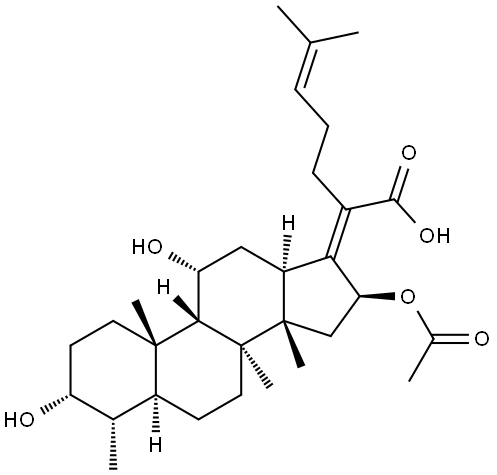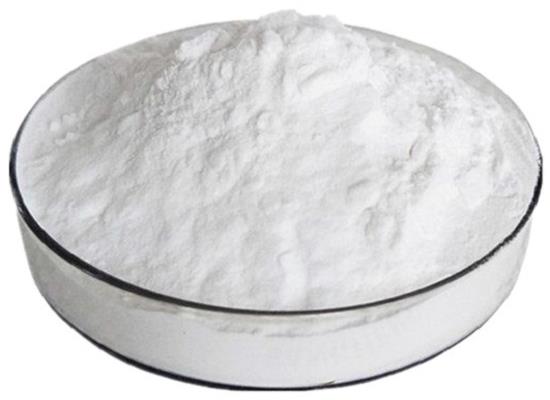Fusidic acid:Chemical properties,Uses,Mechanism of action and Side effects
Fusidic acid is an antibiotic that belongs to a group of its own—the fusidanes. It was obtained from cultures of a fungus, Fusidium coccineum, which was originally isolated from monkey feces.

Chemical properties
Fusidic acid is a weak acid with a pKa of 5.7. It is mostly ionised in plasma and tissue at the physiological pH of 7.4. Fusidic acid itself is sparingly soluble in water and tends to partition into oil in in vitro experiments. In contrast the sodium salt is readily water-soluble [1]. Fusidic acid is highly protein bound (95–97%). Because of its similarity to bile salts, fusidic acid forms micelles at concentrations in the range of 1.44–4.56 mM.
Uses
Fusidic acid, a narrow-spectrum antibiotic, is used both systemically and topically to treat primary skin infections, including impetigo. Moreover, it has been used for a wide variety of less-common infections, in the treatment of Clostridium difficile colitis, and in staphylococcal infections in patients with cystic fibrosis. It is also effective in bacterial conjunctivitis and other minor external eye infections, and may be effective in reducing bacterial flora in the conjunctival sac prior to eye surgery. Fusidic acid has a potential role as a prophylaxis during neurosurgical interventions.
Immunomodulatory effect
Reports have been published indicating that fusidic acid has an immunomodulatory effect. It has been investigated in a number of immunologically mediated diseases, HIV infection, Behçet disease, Crohn disease, uveitis, and scleroderma.
Mechanism of action
Fusidic acid inhibits bacterial protein synthesis by interference with elongation factor G, which promotes translocation on the ribosome after peptide bond formation, preventing further elongation by inhibiting the guanosine triphosphatase (GTPase) function of the elongation factor G.
Side effects
Common side effects of Fusidic acid
It's unusual to have side effects with fusidic acid.
Some people get skin irritation where they put on the Fusidic acid cream or ointment. This happens in less than 1 in 100 people.
These common side effects of fusidic acid eye drops happen in more than 1 in 10 people. There are things you can do to help cope with them:
Burning, stinging, itching, soreness or dryness in the eye you're treating
Blurred vision in the eye you're treating
Keep using the eye drops, but talk to your doctor if these side effects bother you or do not go away.
References
[1] Turnidge, J. (1999). Fusidic acid pharmacology, pharmacokinetics and pharmacodynamics. International Journal of Antimicrobial Agents, 12, Pages S23-S34.
Related articles And Qustion
See also
Lastest Price from Fusidic Acid manufacturers

US $0.00/kg2025-08-22
- CAS:
- 6990-06-3
- Min. Order:
- 1kg
- Purity:
- 99%min
- Supply Ability:
- 20tons

US $9.00/KG2025-06-09
- CAS:
- 6990-06-3
- Min. Order:
- 1KG
- Purity:
- 99%
- Supply Ability:
- 10 ton



